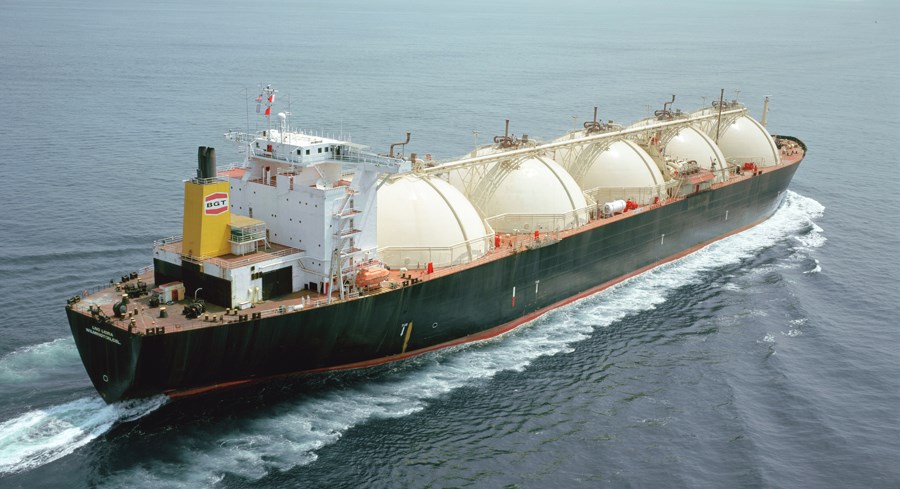British Columbians can expect to see some new jobs created in 2019, as preliminary work begins on two liquefied natural gas (LNG) projects and associated pipelines – the $40 billion LNG Canada project in Kitimat and the smaller Woodfibre LNG project in Squamish.
But other LNG projects that have been on the back burner may also move to the front burner in 2019.
Energy analysts expect 2019 will be the year final investment decisions are made on new LNG projects around the world.
Throughout 2018, Chevron Corp. was quietly working to position the Kitimat LNG project for a final investment decision. Both the Kitimat LNG plant and associated Pacific Trail natural gas pipeline are in the front-end engineering and design phase.
The project already has provincial and environmental certificates and a 20-year export licence from the National Energy Board.
Enbridge Inc. also announced in December 2018 that it may resurrect the Westcoast Connector natural gas pipeline to Prince Rupert, and is in talks with an unnamed “significant LNG proponent” about a potential LNG project, according to the Daily Oil Bulletin.
The Westcoast Connector was part of an LNG project that BG Group had planned for Prince Rupert before Royal Dutch Shell acquired BG and cancelled the project, and before Enbridge acquired Spectra Energy, which would have built the Westcoast Connector.
Meanwhile, the proponents of the Steelhead LNG project (recently renamed Kwispaa LNG) on Vancouver Island in October 2018 filed a project description with provincial and federal environment ministries.
All of these projects may face serious pressure from the provincial government to revise their plans in order to meet new emissions intensity targets. Unless they opt for electric drive systems, they may find it difficult to meet the new emissions intensity standards.
“There’s a lot of concern about the new B.C. climate plan,” said Dan Allan, president of the Canadian Society for Unconventional Resources. “The limits set for LNG expansion are going to be severely curtailed based on the strict GHG [greenhouse gas] restrictions.”



